Geocell Pavers: Problem-Solving Guide for Durable and Stable Surfaces
Find geocell pavers for soil stabilization, erosion control, and driveway reinforcement with expert geosynthetics solutions.
Tel: +86-411-39569550 | E-mail: info@geofantex.com/geofantex@gmail.com

Find geocell pavers for soil stabilization, erosion control, and driveway reinforcement with expert geosynthetics solutions.
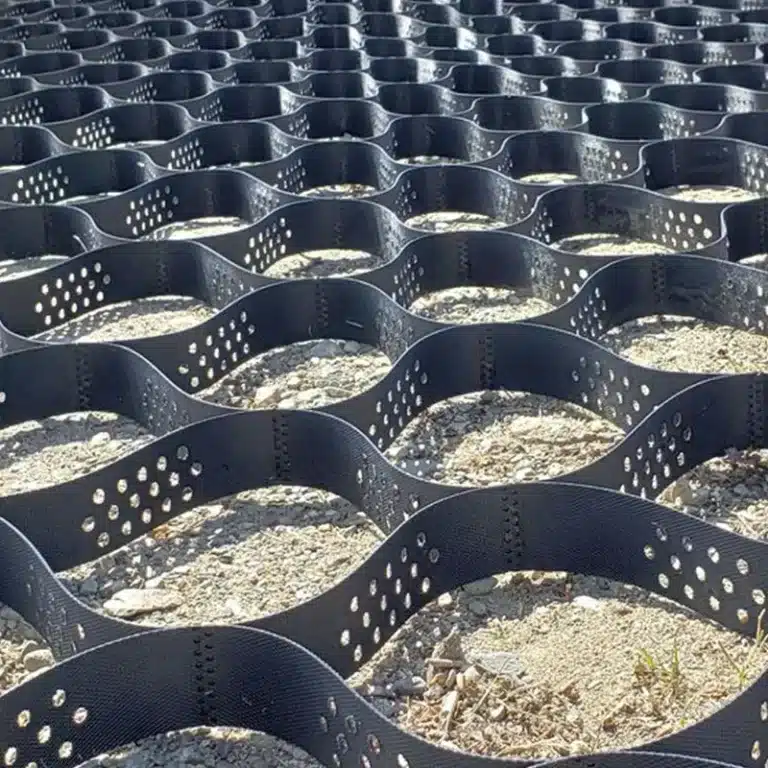
Find geocell ground grid near me for soil stabilization, erosion control, and driveway reinforcement with expert geosynthetics solutions.
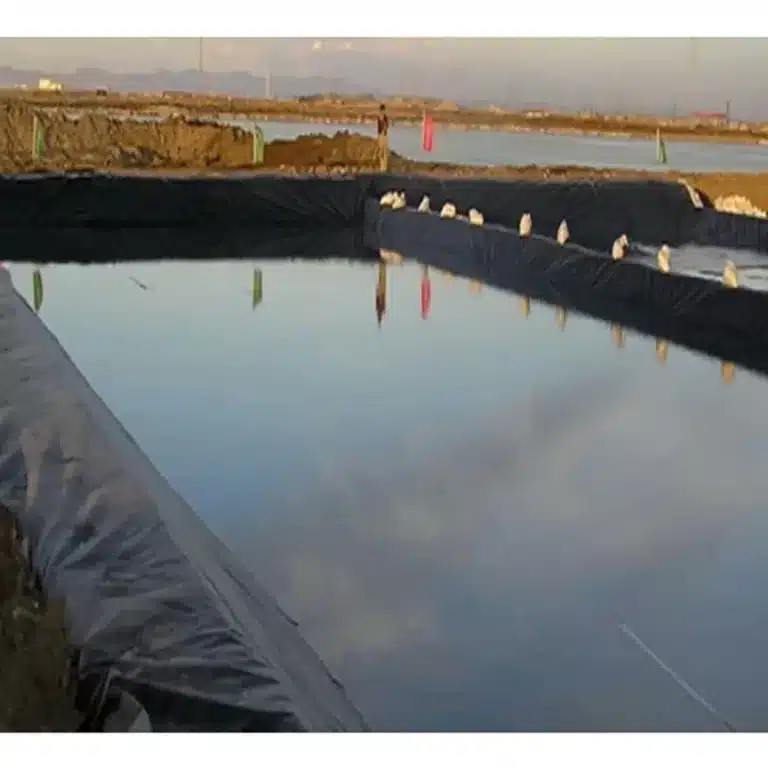
Discover how to select and maintain geomembranes best for reliable water containment and long-lasting geosynthetics performance.
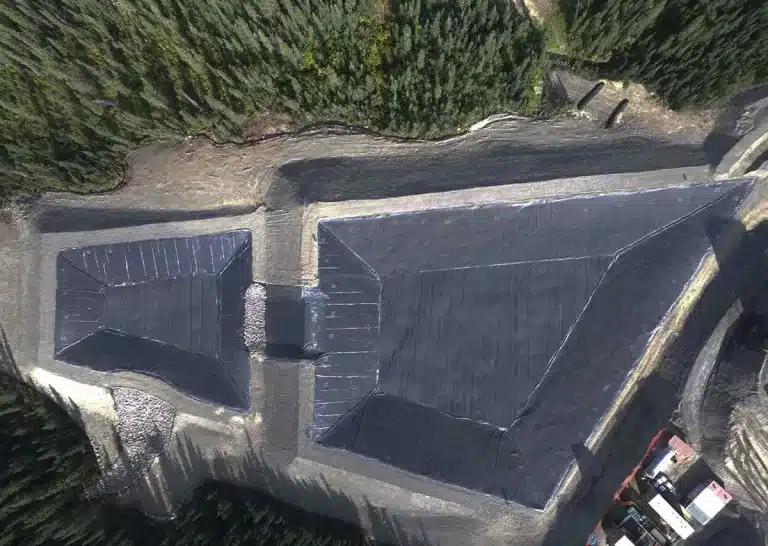
Learn how to choose and maintain a geomembrane pond liner for efficient water retention and long-lasting performance.
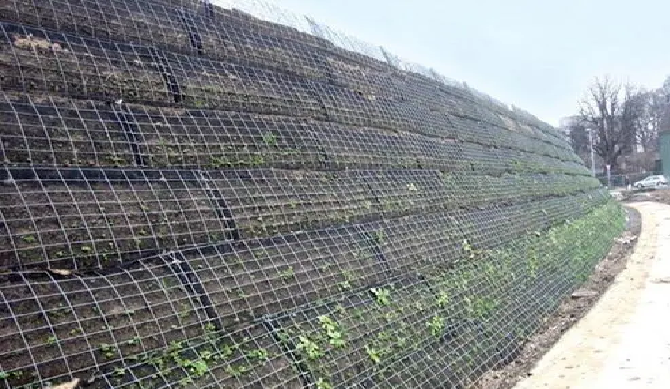
Explore how geogrid slope stabilization improves hillside safety, reduces erosion, and supports sustainable infrastructure development.
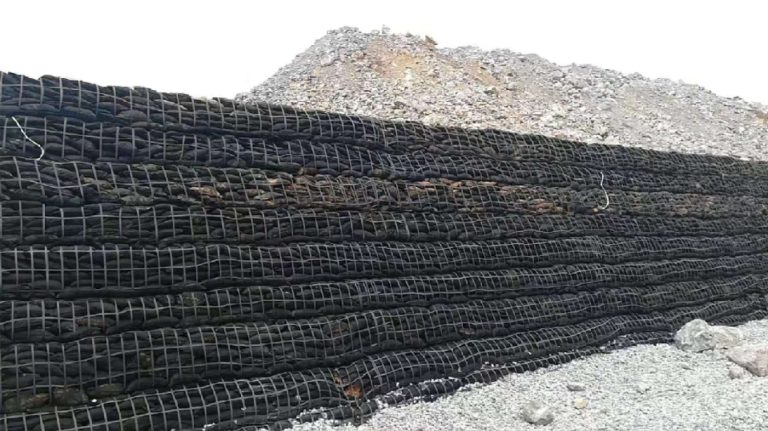
Enhance hillside safety with geogrid solutions for slope stabilization, soil reinforcement, and sustainable geosynthetics.
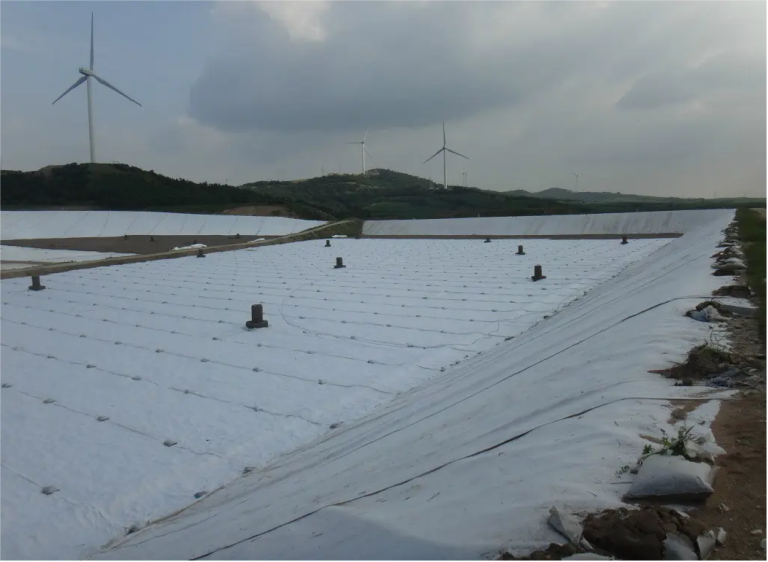
Explore real-world cases showing how GSI solutions improve durability and efficiency in roads, railways, and erosion control.
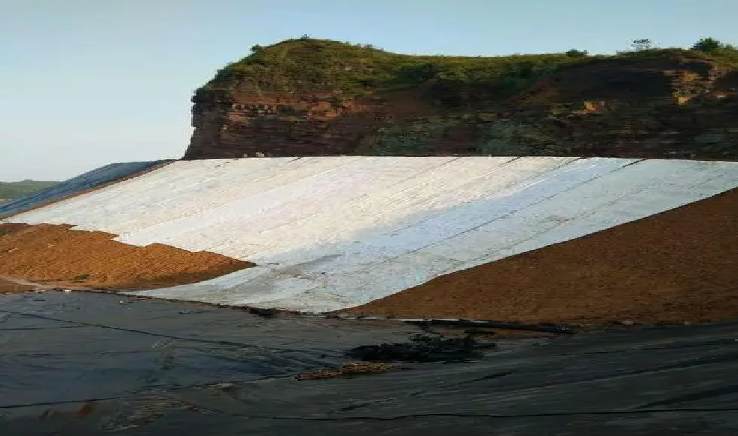
Explore real-world cases showing how choosing the geotextiles manufacturer best ensures durable roads, railways projects.
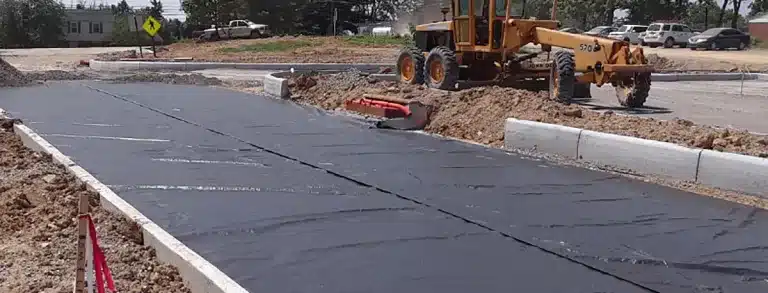
Boost road durability and reduce maintenance with Alaska DOT Geotextile Separation for stable, long-lasting pavements.
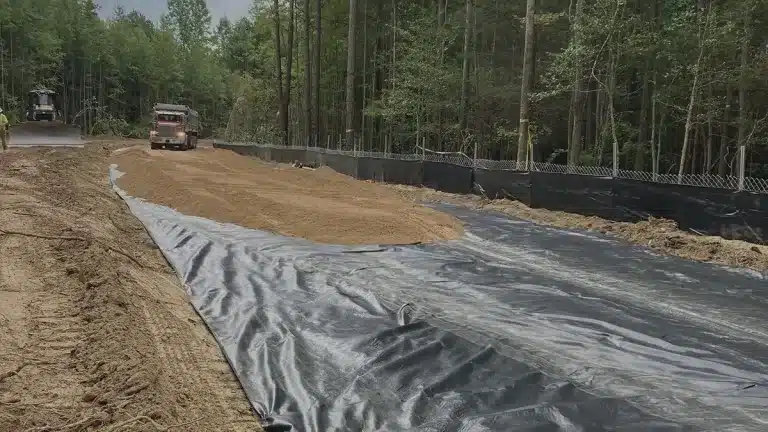
Enhance infrastructure durability and cost-efficiency with high-performance woven geotextile for soil reinforcement.
End of content
End of content
WhatsApp us